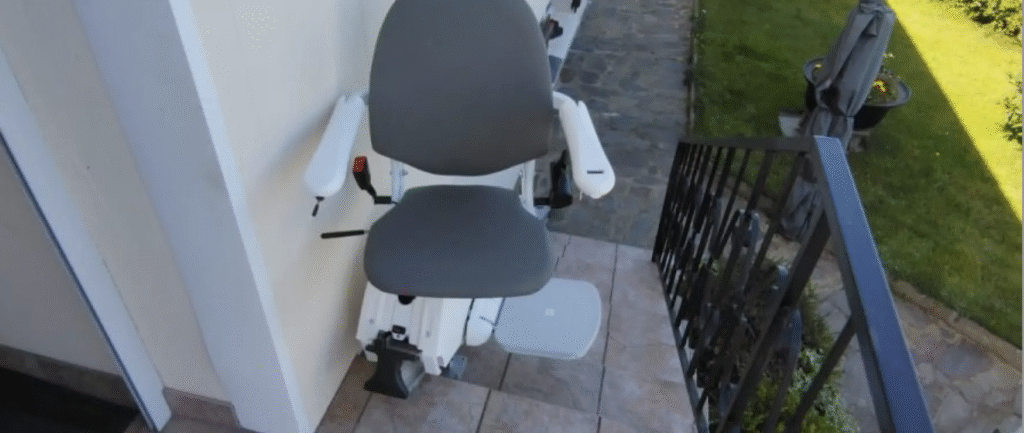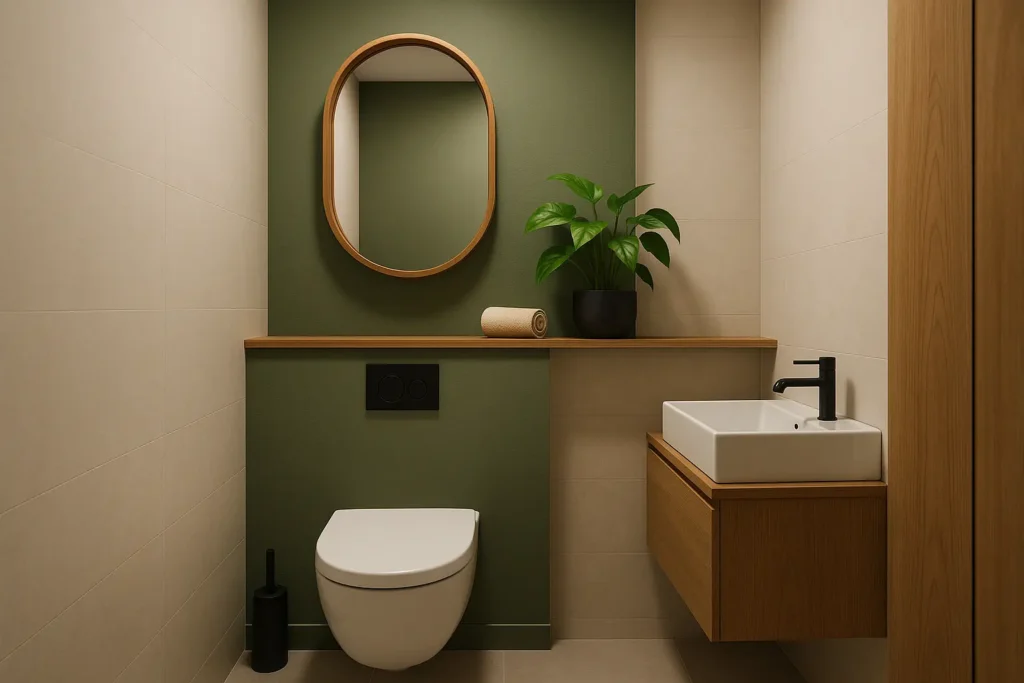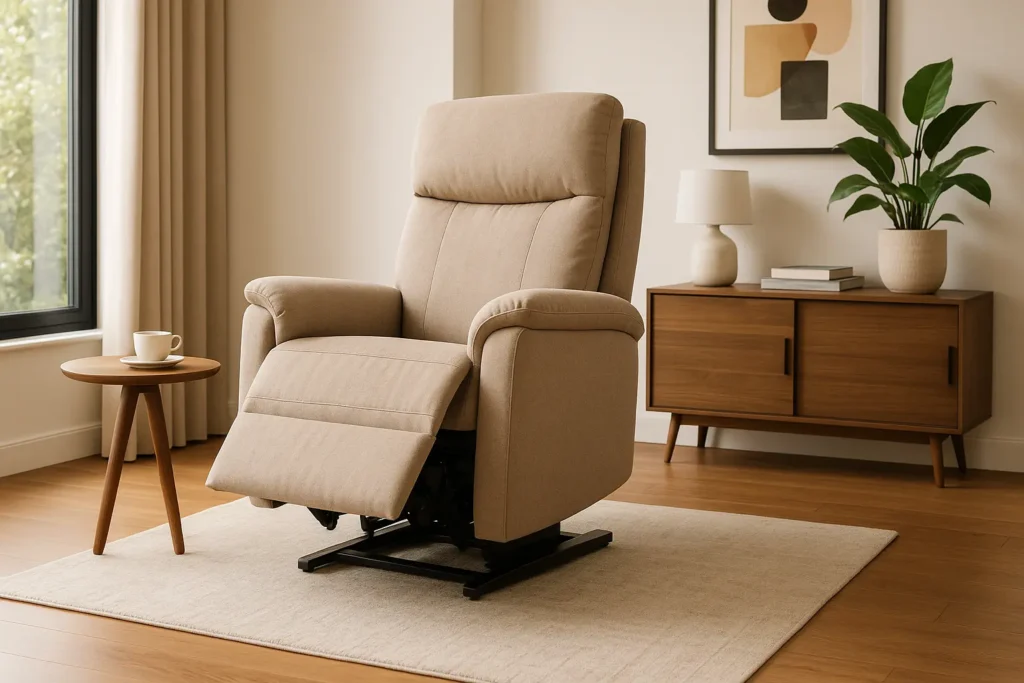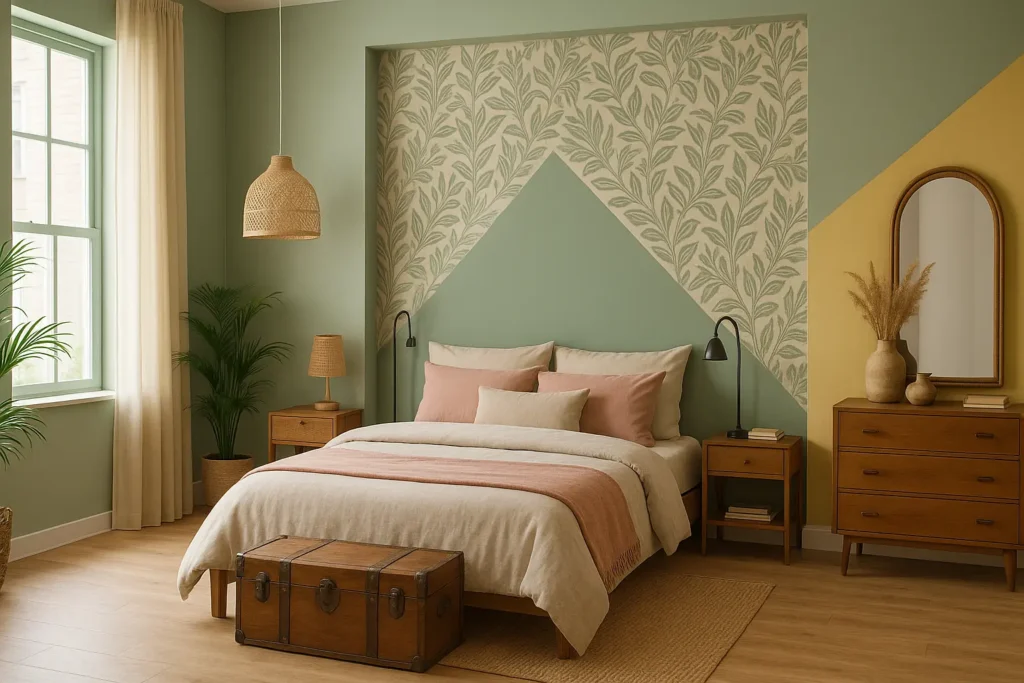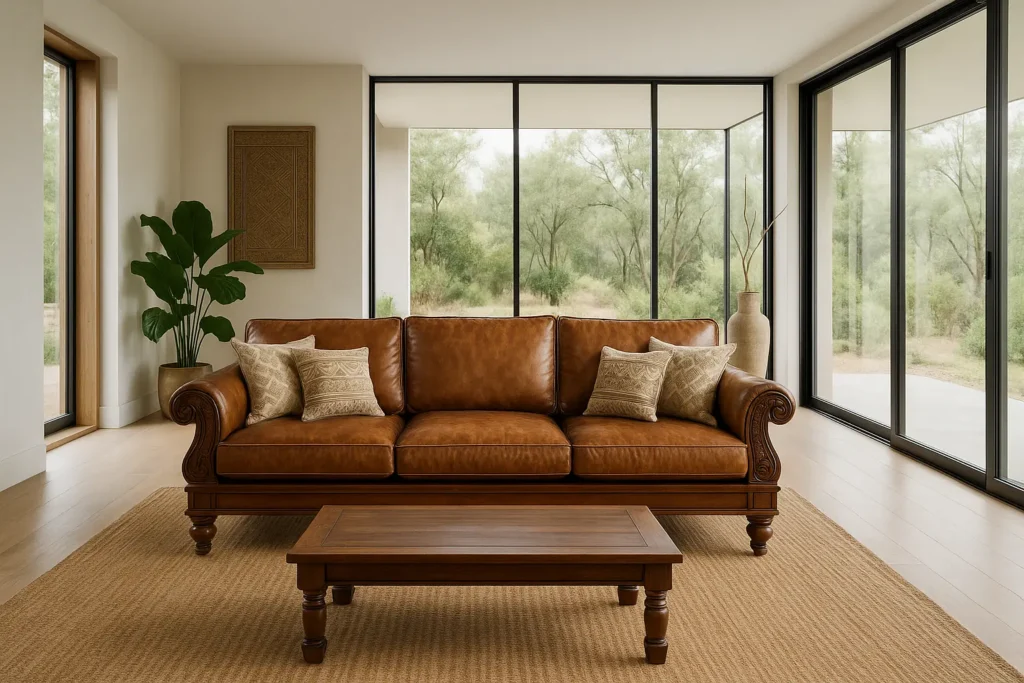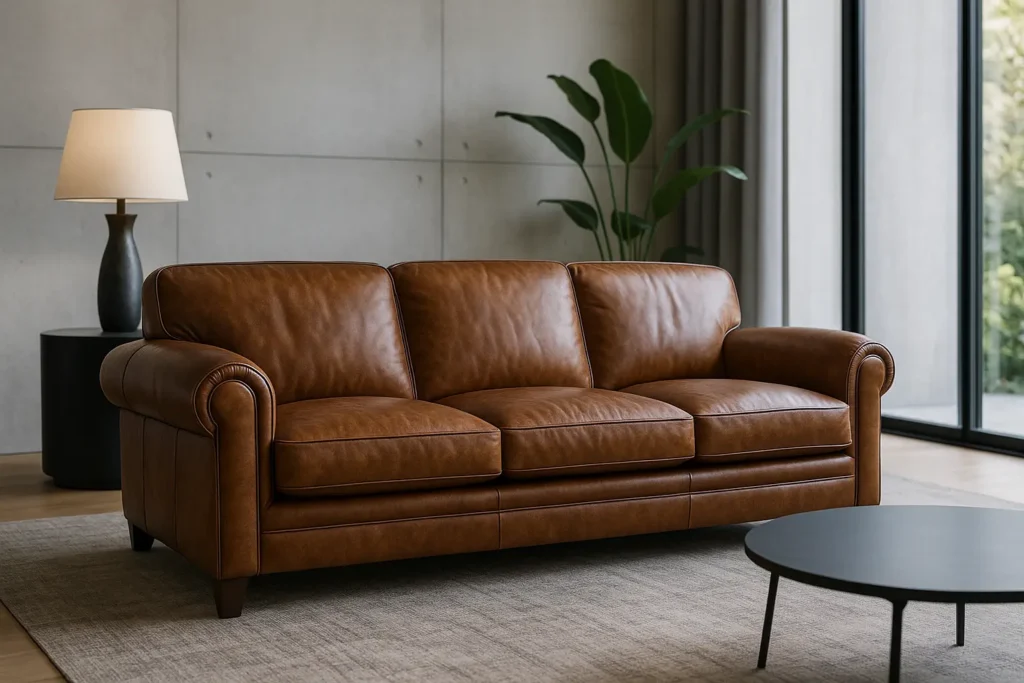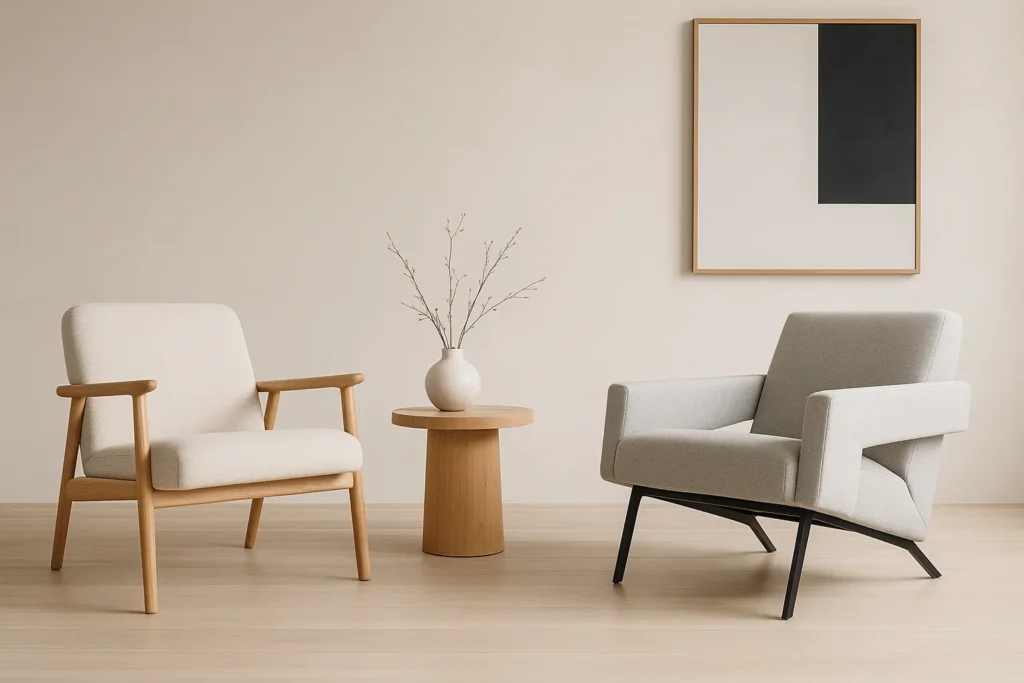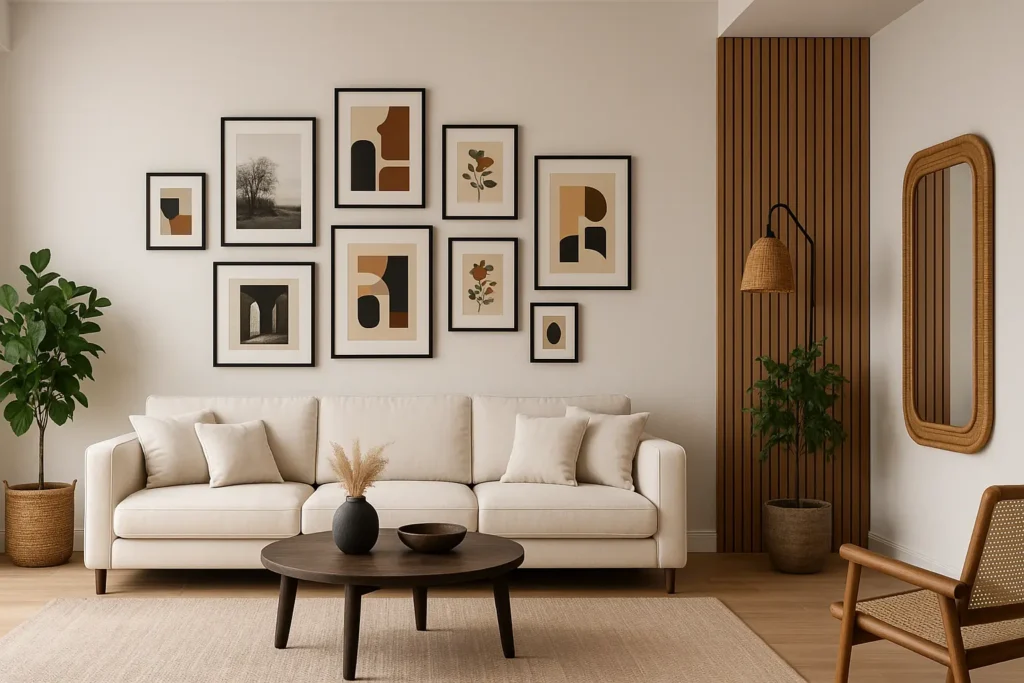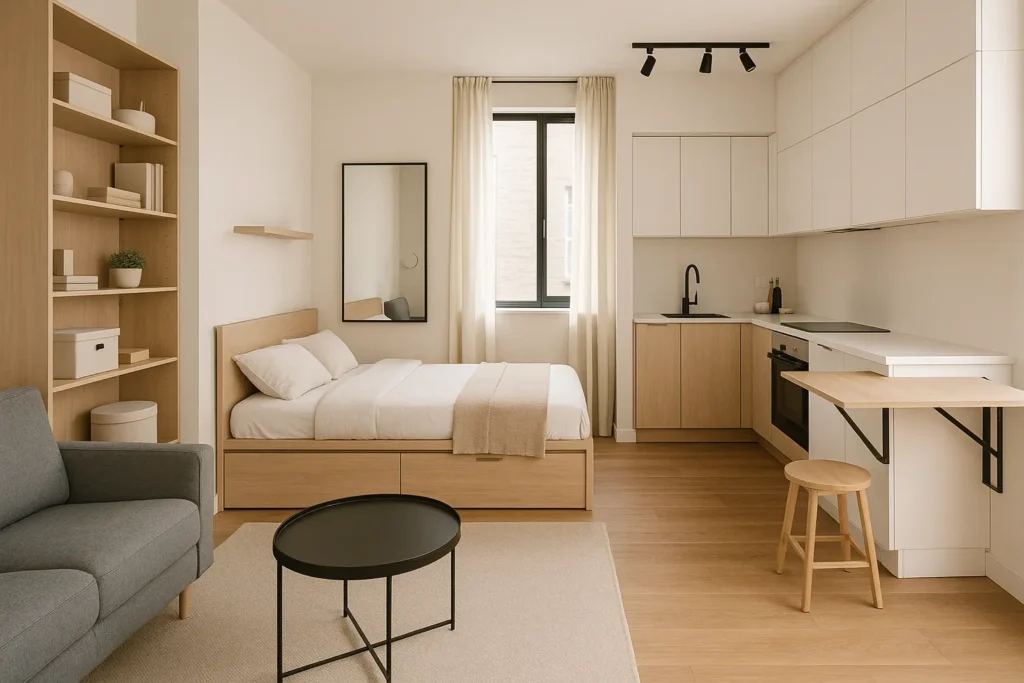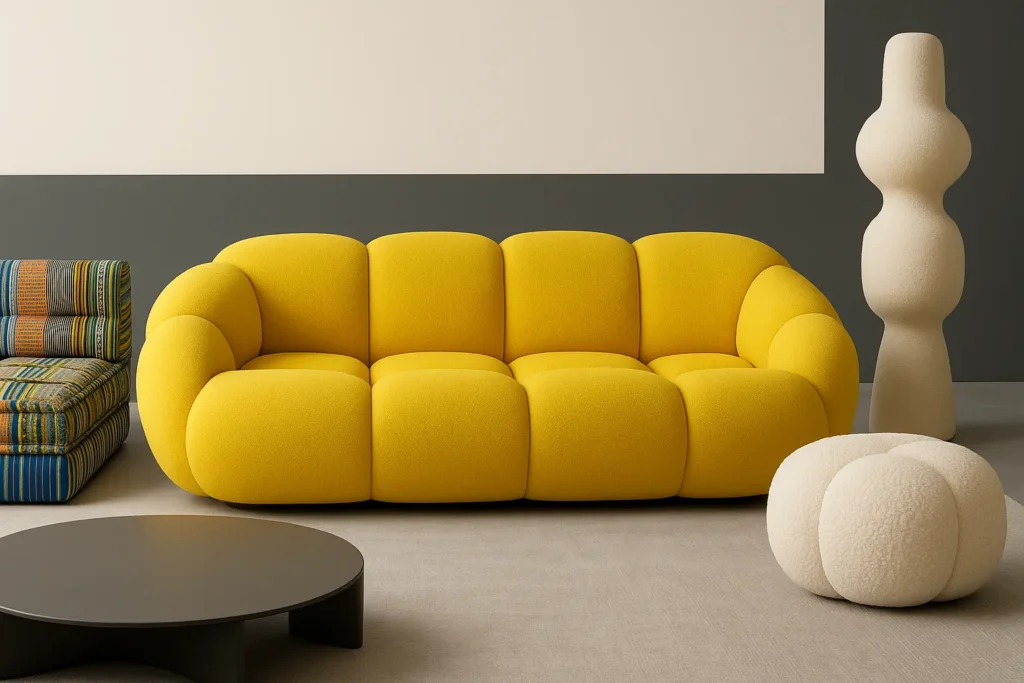The vacuum cleaner, once a simple household tool, has become, in the space of a century, a symbol of domestic innovation and technological elegance. From its noisy and bulky gasoline-powered ancestor to today's models that clean and wash floors with almost artistic precision, this appliance has come a long way. Today, the robot vacuum cleaner is no longer just useful: it has established itself as an integral part of interior design, at the crossroads of art, technology, and ergonomics.
Unusual beginnings: from the gasoline engine to the silent revolution
The history of the vacuum cleaner begins at the very beginning of the 20th century. In 1901, British engineer Hubert Cecil Booth invented the first motorized vacuum cleaner. The gigantic device worked… gasoline ! Drawn by horses through the streets of London, it remained outside houses: long pipes passed through the windows to suck the dust inside. The idea was visionary, but the object itself was anything but elegant. This mechanical monster embodied industrial power more than domestic discretion.
Over the decades, the vacuum cleaner became more widespread, miniaturized, and then electrified. In the 1950s, it became a symbol of modern comfort. Manufacturers competed with colors and shapes inspired by automotive design: chrome curves, curved handles, futuristic lines. Yet the vacuum cleaner remained a purely functional object, which was put away as soon as the task was finished.
It was at the turn of the millennium that a decisive turning point occurred: robotization entered the home. The first autonomous robot vacuum cleaner, the Roomba, disrupted the household routine. For the first time, a device worked alone, intelligently, and found its place in the home without disturbing its harmony. In 2025, the revolution was underway and Hundreds of models of robot vacuum cleaners are now available on the market.
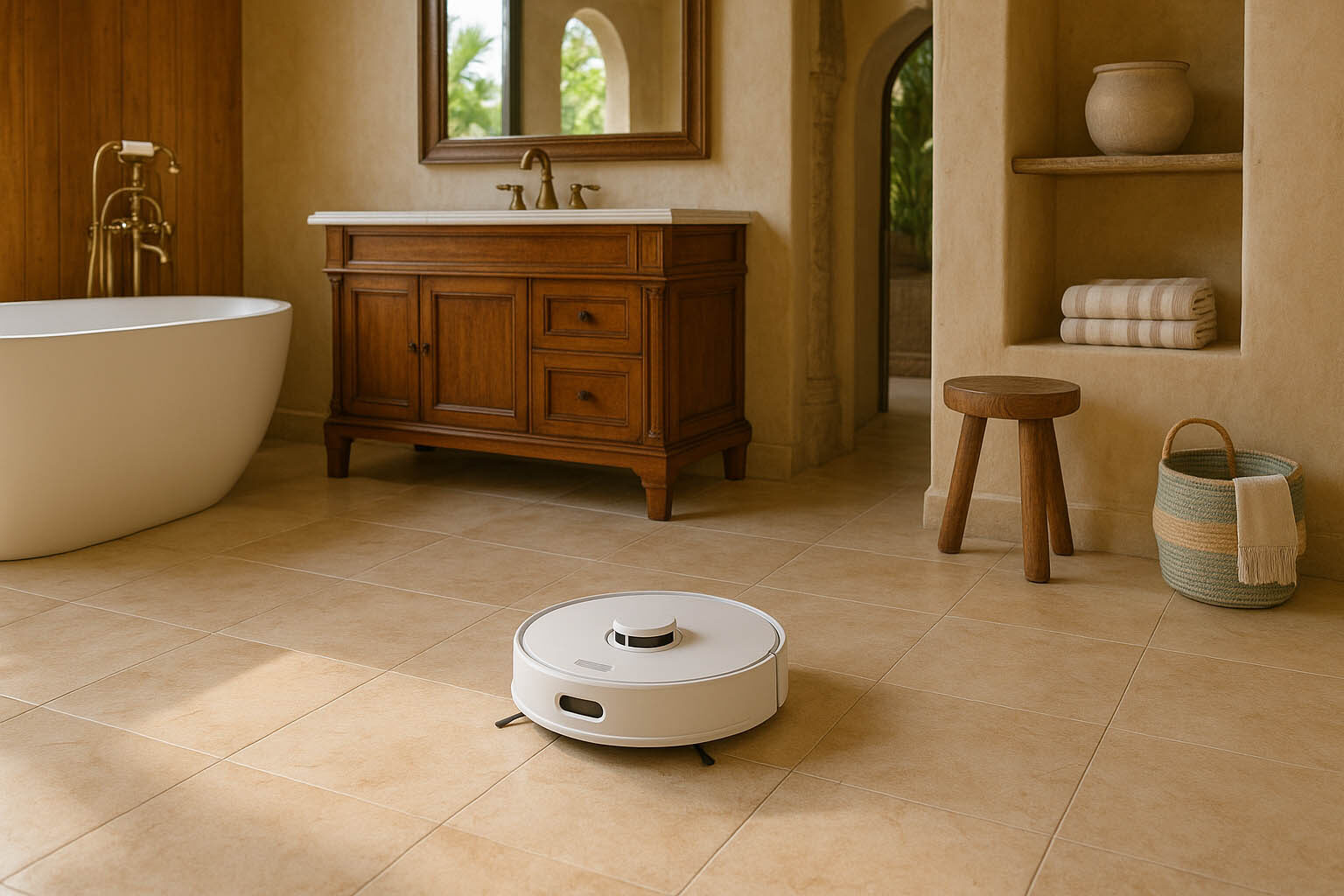
Design at the service of interior harmony
Today, the robot vacuum cleaner is no longer just a tool: it's a design object. Its circular silhouette, clean lines, and metallic finishes make it a decorative element in its own right. Where the old vacuum cleaner was hidden, the robot is on display. Its appearance contributes to the aesthetics of a modern interior, just like a minimalist light fixture or Scandinavian furniture.
Industrial designers are competing with each other to create a desirable object. Brands are playing with textures (brushed aluminum, tempered glass, matte finishes) and refined color palettes: graphite black, pearly white, pearl gray, and even midnight blue. Some models blend into the decor, while others assume a more assertive, almost sculptural presence.
Design is no longer limited to form: it also reflects the object's intelligence. The sensors hidden beneath an elegant shell, the discreet indicator lights, the fluidity of its movements in space... everything contributes to giving the robot a "living" and harmonious appearance. It no longer just cleans; it moves gracefully through the house, as if it knew the choreography of its environment.
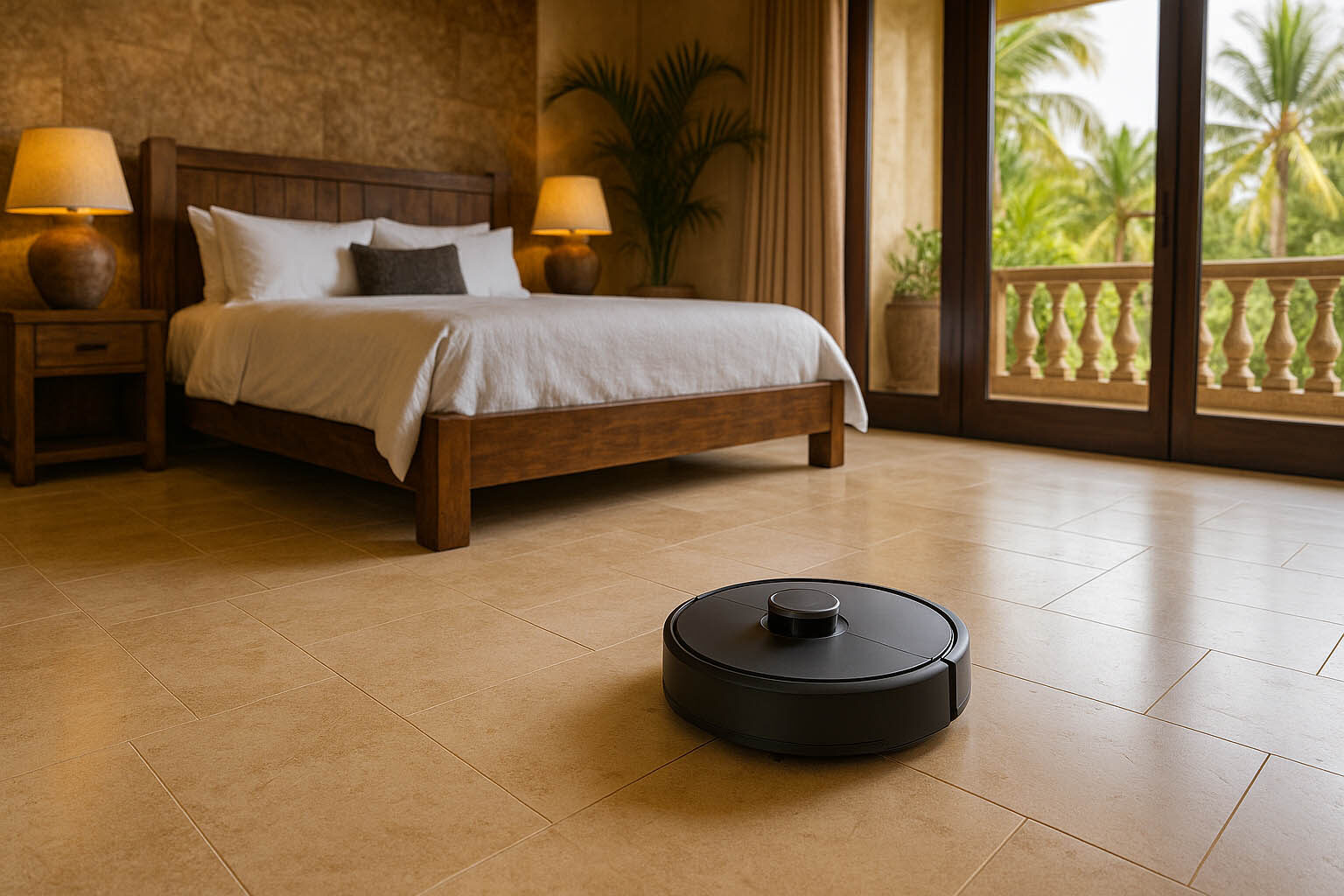
Functional elegance: the beauty of efficiency
The elegance of the robot cleaner also lies in its functional discretionThe engineers have succeeded in combining power and silence, precision and lightness. Under its fluid appearance hides an impressive concentration of technology: LiDAR navigation, 3D mapping, artificial intelligence, obstacle detection and automatic management of washing areas.
This balance between performance and aesthetics makes the robot mop a true gem of domestic engineering. It no longer invades the sound or visual space: it adapts to it. It knows how to step aside to let the House breathe, then return to accomplish its mission with pinpoint precision. The thunderous engine noise of older models has given way to a muffled, almost soothing purr that fits into the rhythm of the house.
Design here is no longer just about pleasing the eye: it makes life easier. The robot mop stores itself, returns to its charging or automatic emptying station, and cleans itself effortlessly. The object becomes a sensory experience, a symbiosis of form and function.
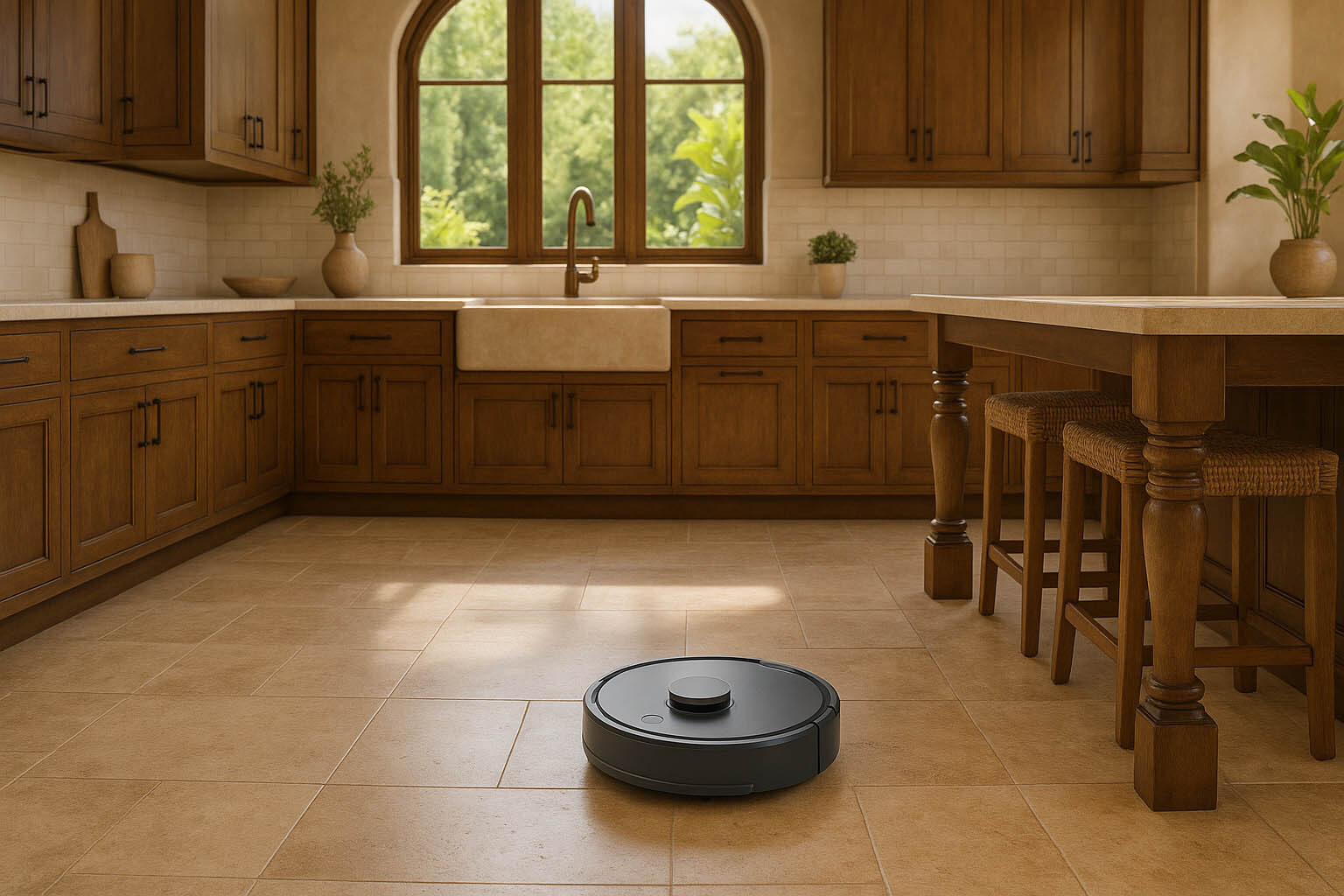
When technology enhances the art of living
It's no coincidence that the most prestigious brands are now collaborating with designers and interior architects to design their ranges of robot cleaners. These devices embody a new philosophy of living: that of a functional and invisible luxuryIn contemporary homes where minimalism reigns, the robot finds its place without disturbing the visual balance. It becomes the silent ally of a demanding art of living, where comfort is combined with beauty.
The elegance of the robot cleaner lies in this duality: it is both present and discreet, technological and poetic, mechanics and aestheticsIt fits in naturally with the connected objects that populate our interiors, while preserving a certain human warmth thanks to its soft and reassuring design.
With the robot vacuum cleaner, design is at the service of simplicity
From the early gasoline-powered vacuum cleaner to the modern robot vacuum cleaner and mop, a century of innovation has transformed household chores into an aesthetic experience. The appliance is no longer a mere machine: it's an elegant work of engineering, designed to blend into the beauty of everyday life.
Its design, both sober and sophisticated, reflects a new idea of luxury: that of a daily life free from constraints, in a space that is always harmonious.
The robot vacuum cleaner doesn't just clean our floors anymore: it redefines the line between functionality and beauty.
